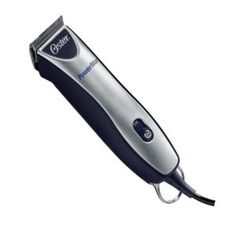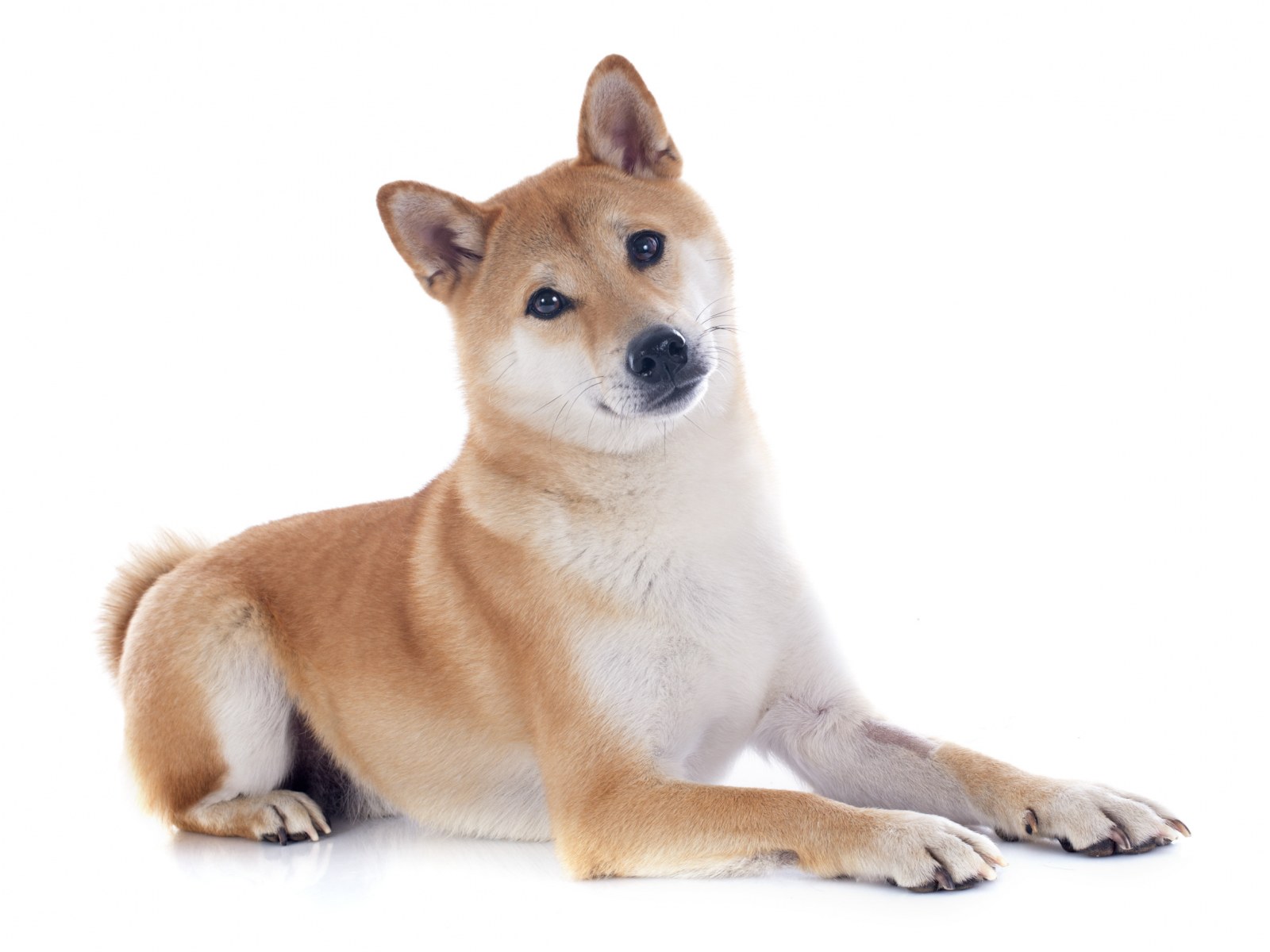 Clipping Poodles is one of the biggest expenses associated with this breed. Depending on your dog’s coat quality, lifestyle, and trim, he should be clipped every four to eight weeks. Elderly dogs may require less, and puppies may need more frequent attention to keep up with new coat growth. You can minimize costs with a one-time investment in grooming tools and learn to groom your dog yourself.
Clipping Poodles is one of the biggest expenses associated with this breed. Depending on your dog’s coat quality, lifestyle, and trim, he should be clipped every four to eight weeks. Elderly dogs may require less, and puppies may need more frequent attention to keep up with new coat growth. You can minimize costs with a one-time investment in grooming tools and learn to groom your dog yourself.
Books and videos can get you started, but you will also need hands-on mentoring. Ask your breeder for a grooming lesson or contact a local Poodle club for assistance. If you don’t feel ready for that, you can economize to some extent by alternating visits to the groomer with regular coat maintenance at home.
Using Clippers on Poodles
Clippers can seem intimidating, but once you learn the basics, they are an excellent tool to keep your Poodle’s trim neat between visits to the groomer. The Oster A5 clipper has been the traditional choice for decades. In recent years, a wide range of lightweight cordless clippers and finishing trimmers have become available. These are comfortable to hold, quiet, easy to maneuver, and much less daunting for novice groomers.
You will need at least two blades. Higher numbers produce shorter trims. 3 F, (F stands for finish) 5F, and 7F are the favorite choices for the body coat. For his face, feet, and tail you will need a 10 or 15 blade. A 10 blade leaves the coat about 1/16th inch long, and the 15, sometimes called a Poodle blade, produces a closer shave.
Show trims are usually done with a 40 or 50 blade, which removes coat down to the skin. These blades are not recommended for inexperienced groomers. Skip tooth blades are also more likely to cause accidental nicks. Detachable plastic and stainless guide combs are available in many sizes. They can be snapped over clipper blades to ensure even coat length.
A useful tip. Never set your clippers on the table where your dog can knock them off. This is the most common way that clippers and blades are broken. Clean and oil blades after each use. Remove debris with a small, stiff brush, and canned air. Apply one or two drops of oil between the blades. Dirty blades heat up quickly, jam frequently, and produce a lot of noise and vibration. If cleaning and oiling does not solve the problem, the blade needs sharpening.
Clipping a dirty coat will dull your blades, and dull blades will tear the coat. Work slowly, in good light. Hold the blade parallel and flat against the coat. Be careful not to dig it into the skin. Use your fingers to stretch the skin taut and smooth as you clip, stopping to evaluate your work every few minutes.
Using Scissors
Use your scissors to neaten up stray hairs and to blend longer and shorter portions of your Poodle’s trim. Curved scissors are better for rounding off edges and shaping the coat to body contours. Hold the scissors with your thumb and ring finger. Use your index and middle fingers to support the blade, placing your pinky in the finger rest. You will have better control if you use just your thumb, instead of your entire hand, when cutting. Use the whole blade, rather than snipping at the coat with the tips of the blades.
Scissor parallel to the skin in a smooth, flowing motion. Always cut in the direction of the hair growth. Trim vertically from the top down, rather than horizontally, to prevent scissor marks in the coat. Comb and fluff each area of the coat as you scissor to ensure evenness. Work slowly and stop to evaluate the results frequently from different angles. It’s easy to underestimate how much you are taking off. Evaluating your work in a mirror provides a much clearer picture of balance and symmetry.
Uneven, crooked lines will appear magnified. Pay attention to what you are doing, but don’t be intimidated. Scissoring requires confidence and a steady hand. You will make mistakes, but this is the only way to learn.

